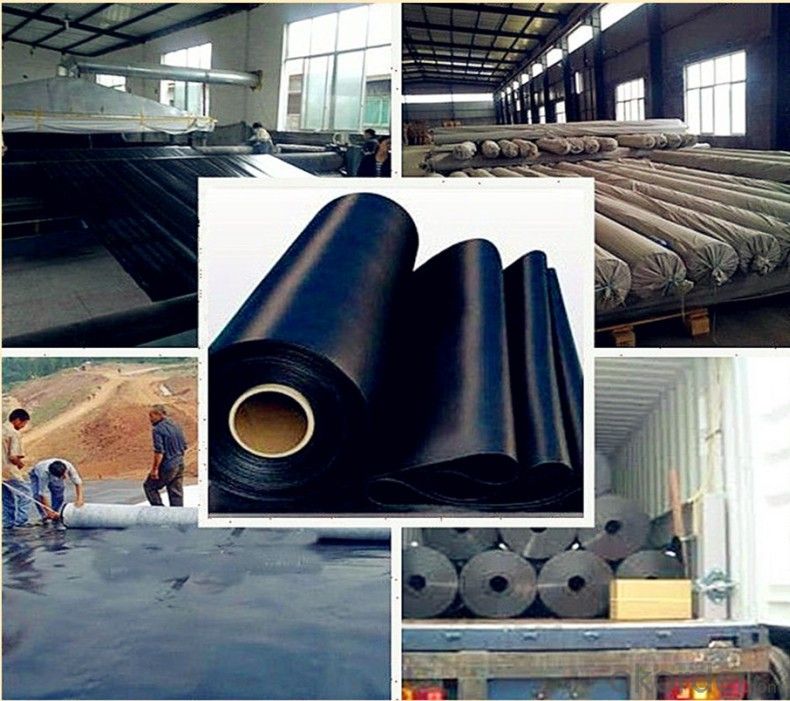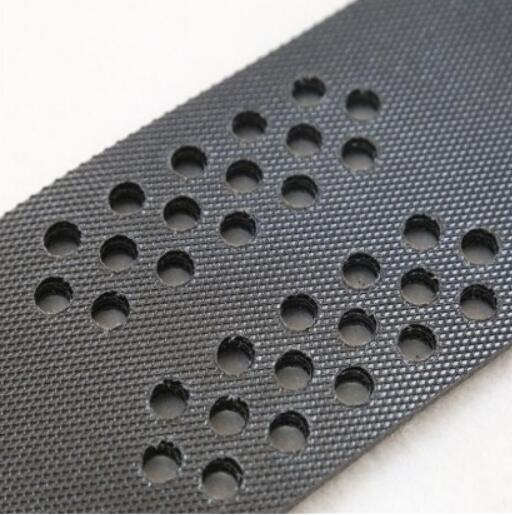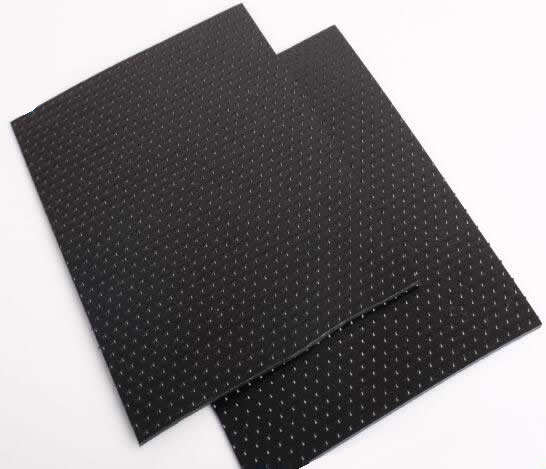- Understanding the Role of Geomembrane Liners in Waste Management
- Innovations in Geomembrane Liners for Water Management
- Geomembrane Liners: A Comprehensive Guide
- The Future of Geomembrane Liners in Civil Engineering
- Geomembrane Liners: Enhancing Landfill Stability
Manager:
WhatsApp:+86 177 0135 2670
Tel:+86 177 0135 2670
Email:marketing@okorder.com
Address:3rd Floor, No.2 Building, No.1 Sanlihe Road
The Use of Geomembrane Liners in the Construction of Industrial Trenches
Geomembrane liners, a versatile and efficient solution for various industrial applications, have become increasingly popular in the construction of industrial trenches. These synthetic materials, made from high-density polyethylene (HDPE) or other polymers, offer a range of benefits that make them an ideal choice for managing the containment and protection of various substances. In this article, we will explore the use of geomembrane liners in industrial trench construction, their advantages, and the process of installation.

The Role of Geomembrane Liners in Industrial Trenches
Industrial trenches are an essential part of many industrial facilities, serving as pathways for the transportation of fluids, gases, and electrical cables. However, these trenches can pose significant environmental and safety risks if not properly constructed and managed. Geomembrane liners provide a reliable barrier that prevents the leakage of hazardous substances into the surrounding environment, ensuring the safety of both workers and the public.
Why Choose Geomembrane Liners?
Choosing the right material for industrial trench construction is crucial. Geomembrane liners stand out due to their unique properties:
- Chemical Resistance: They are resistant to a wide range of chemicals, making them suitable for various industrial applications.
- Puncture Resistance: Their durability means they can withstand the pressure and weight of the materials placed above them.
- Waterproof: They prevent water infiltration, which is essential for maintaining the structural integrity of the trench.
- Cost-Effective: Compared to other materials, geomembranes offer a cost-effective solution for long-term projects.
- Customizable: They can be tailored to fit the specific dimensions and requirements of each project.
The Installation Process
The process of installing a geomembrane liner in an industrial trench involves several steps, each critical to ensuring the liner's effectiveness and longevity:
1. Site Preparation: The trench must be cleaned and prepared to receive the liner, with any debris or irregularities addressed.
2. Measuring and Cutting: The geomembrane is measured and cut to fit the trench's dimensions, ensuring a snug fit.
3. Seaming: The sections of the liner are joined together using heat welding or other appropriate methods to create a seamless barrier.
4. Securing the Liner: The liner is secured to the trench walls using anchors or other fastening methods to prevent movement.
5. Testing: After installation, the liner is tested for leaks and integrity to ensure it functions as intended.
6. Backfilling: Once the liner is confirmed to be secure and leak-free, the trench is backfilled, and the geomembrane is covered.
Overcoming Challenges in Installation
While the installation process is generally straightforward, there can be challenges that require attention:
- Weather Conditions: Adverse weather can delay or complicate the installation process. Proper planning and protective measures are necessary.
- Substrate Quality: The quality of the soil or material beneath the liner can affect its performance. A stable and well-prepared substrate is essential.
- Seaming Issues: Proper seaming techniques are crucial to avoid leaks. Regular inspection and maintenance can help identify and address potential issues.
The Benefits of Proper Installation
A well-installed geomembrane liner can offer numerous benefits, including:
- Enhanced Safety: By preventing the escape of hazardous materials, it reduces the risk of environmental contamination and accidents.
- Longevity: With proper care and maintenance, a geomembrane liner can last for decades, providing a long-term solution for industrial trench containment.
- Cost Savings: The initial investment in a geomembrane liner can save money in the long run by reducing the need for repairs and replacements.
- Regulatory Compliance: It helps facilities meet environmental regulations and avoid costly fines and penalties.
Conclusion
Geomembrane liners are a valuable asset in the construction of industrial trenches. Their versatility, durability, and cost-effectiveness make them an attractive option for managing the containment and protection of various substances. By following proper installation procedures and addressing potential challenges, facilities can ensure the long-term success and safety of their industrial trench systems. Remember, the key to a successful geomembrane liner installation is attention to detail, quality materials, and skilled craftsmanship.
- Previous:Geomembrane Liners: A Barrier Against Industrial Waste Disposal
- Next:Geomembrane Liners: A Solution for the Containment of Industrial Leachate
-
2024-12-05Geomembrane Liners: A Comprehensive Guide






